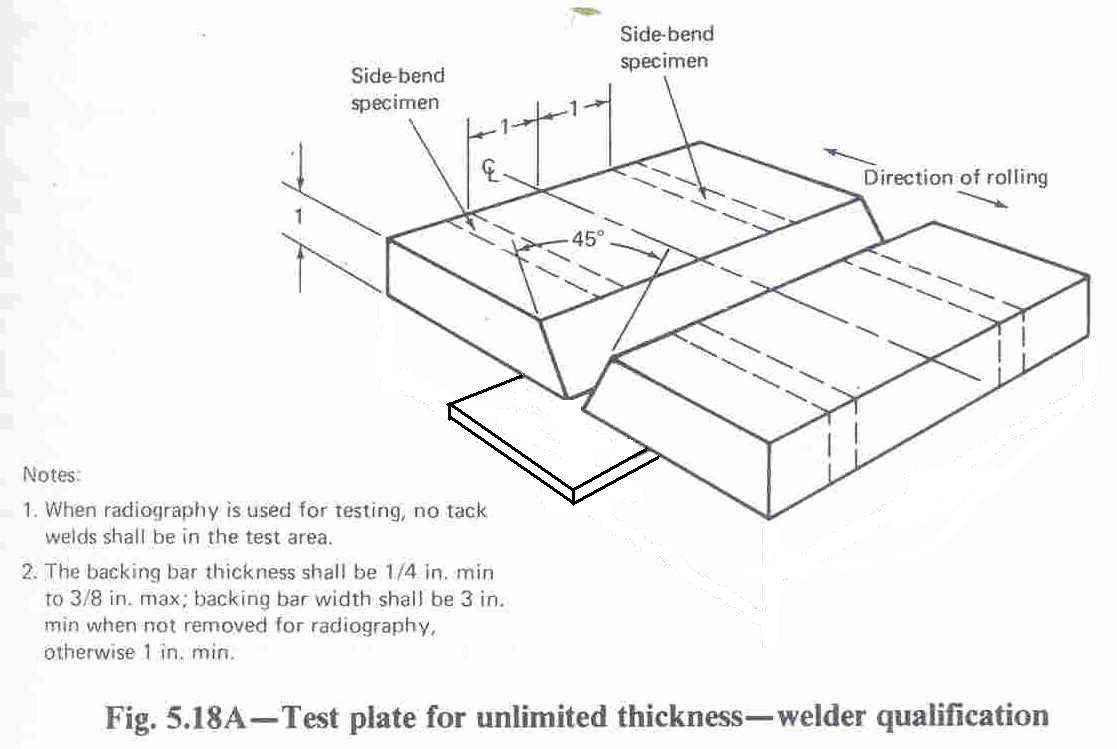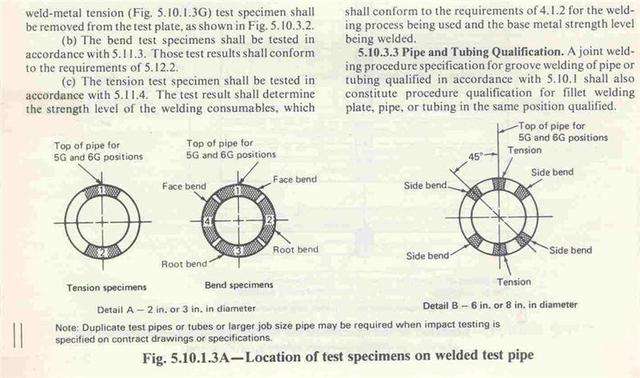Hey guys!!
So, this is what I've been up to lately... I started a YouTube series, and I just thought I'd share...
In one video, I welded 6011, 7014, and 7018 joints with AC and DC current and smashed them up, averaging out how many hits each type of weld took before it broke, and the results from that, defiantly weren't what I expected, but it sure was a fun test.
In the other, I tried to find out what quenching a hot weld will do to it, in terms of strength. There was a debate about that on another forum a little while back, where some said it would harden and heat-treat the weld, and others said it would weaken it, and infuse it with hydrogen making it brittle as all get out... As you might expect, those people were right, according to my redneck but highly scientifical professioneered tests...
Anyway, just wanted to share the videos. These might be the last "random" welding videos you see from me for a while, as over the last two days I've spent over $400 on steel for a variety of projects. Tired of not staying busy...
Hope you guys enjoy em, have a good rest of the week
video1 video2
<object width="853" height="480"><param name="movie" value="http://www.youtube.com/v/2my-Nmtq76w?version=3&hl=en_US"></param><param name="allowFullScreen" value="true"></param><param name="allowscriptaccess" value="always"></param><embed src="http://www.youtube.com/v/2my-Nmtq76w?version=3&hl=en_US" type="application/x-shockwave-flash" width="853" height="480" allowscriptaccess="always" allowfullscreen="true"></embed></object>, <object width="853" height="480"><param name="movie" value="http://www.youtube.com/v/KbbW3YBHxW0?version=3&hl=en_US"></param><param name="allowFullScreen" value="true"></param><param name="allowscriptaccess" value="always"></param><embed src="http://www.youtube.com/v/KbbW3YBHxW0?version=3&hl=en_US" type="application/x-shockwave-flash" width="853" height="480" allowscriptaccess="always" allowfullscreen="true"></embed></object>
So, this is what I've been up to lately... I started a YouTube series, and I just thought I'd share...
In one video, I welded 6011, 7014, and 7018 joints with AC and DC current and smashed them up, averaging out how many hits each type of weld took before it broke, and the results from that, defiantly weren't what I expected, but it sure was a fun test.
In the other, I tried to find out what quenching a hot weld will do to it, in terms of strength. There was a debate about that on another forum a little while back, where some said it would harden and heat-treat the weld, and others said it would weaken it, and infuse it with hydrogen making it brittle as all get out... As you might expect, those people were right, according to my redneck but highly scientifical professioneered tests...
Anyway, just wanted to share the videos. These might be the last "random" welding videos you see from me for a while, as over the last two days I've spent over $400 on steel for a variety of projects. Tired of not staying busy...
Hope you guys enjoy em, have a good rest of the week
video1 video2
<object width="853" height="480"><param name="movie" value="http://www.youtube.com/v/2my-Nmtq76w?version=3&hl=en_US"></param><param name="allowFullScreen" value="true"></param><param name="allowscriptaccess" value="always"></param><embed src="http://www.youtube.com/v/2my-Nmtq76w?version=3&hl=en_US" type="application/x-shockwave-flash" width="853" height="480" allowscriptaccess="always" allowfullscreen="true"></embed></object>, <object width="853" height="480"><param name="movie" value="http://www.youtube.com/v/KbbW3YBHxW0?version=3&hl=en_US"></param><param name="allowFullScreen" value="true"></param><param name="allowscriptaccess" value="always"></param><embed src="http://www.youtube.com/v/KbbW3YBHxW0?version=3&hl=en_US" type="application/x-shockwave-flash" width="853" height="480" allowscriptaccess="always" allowfullscreen="true"></embed></object>



